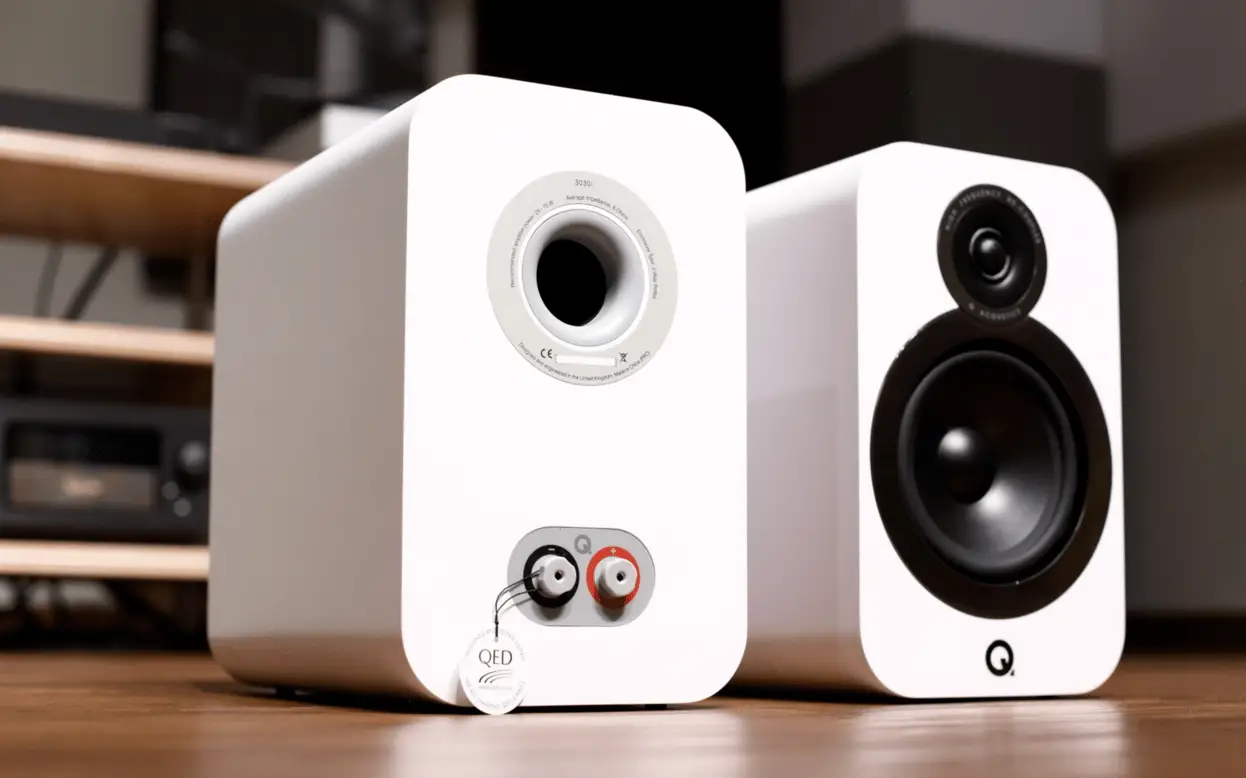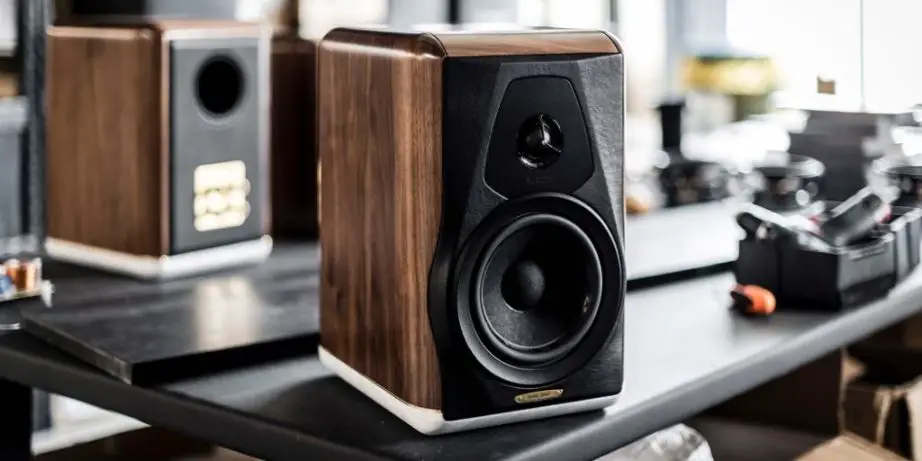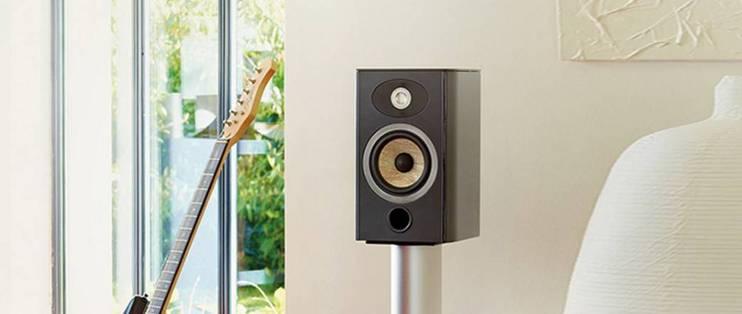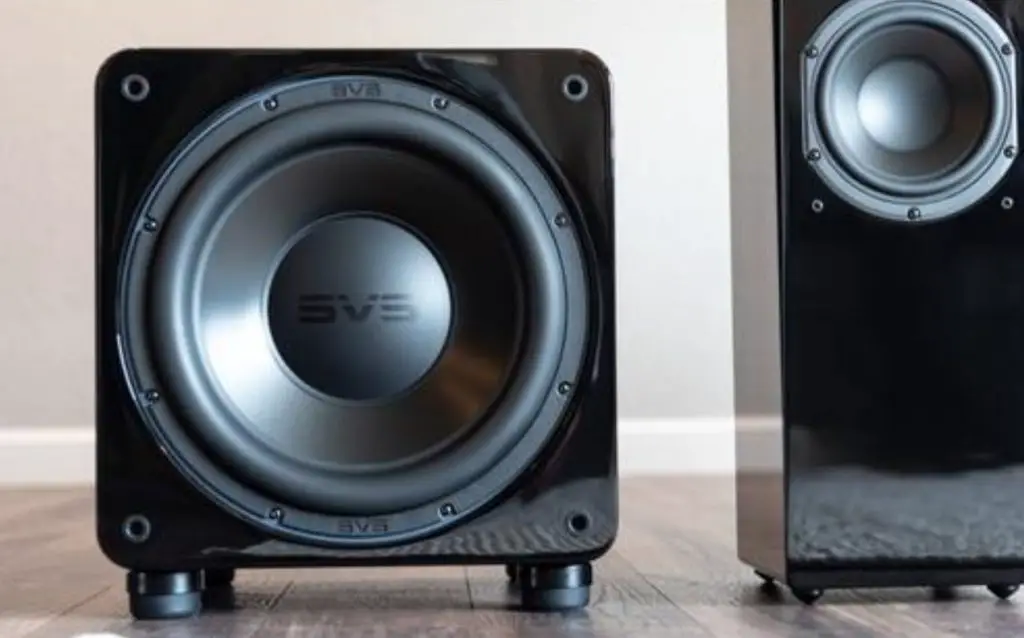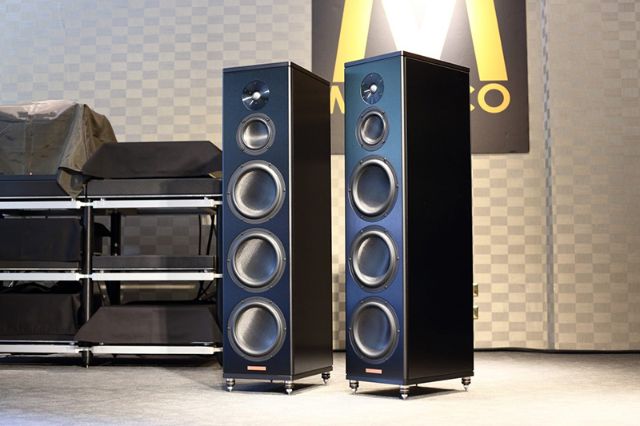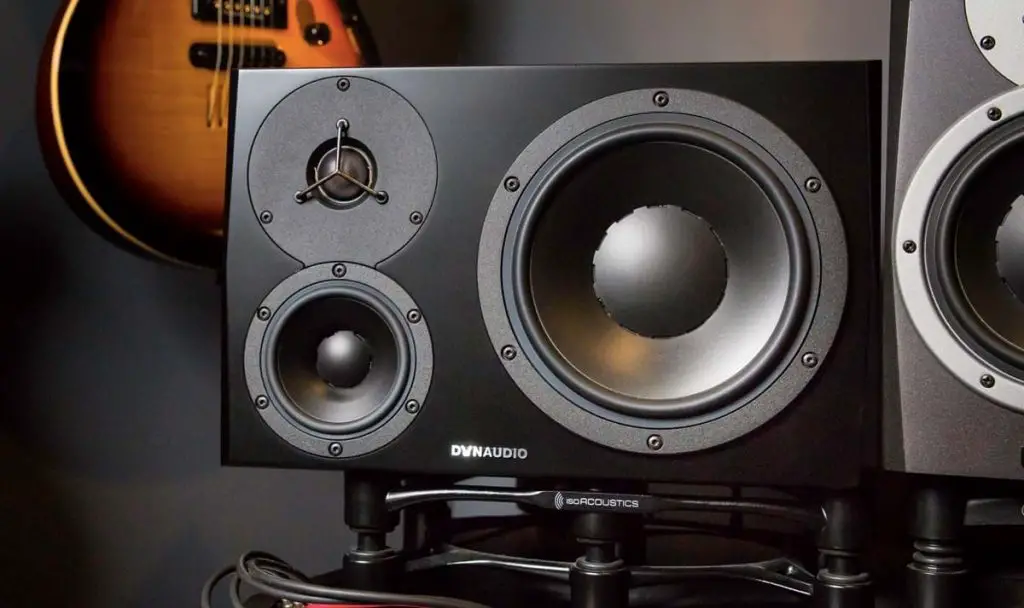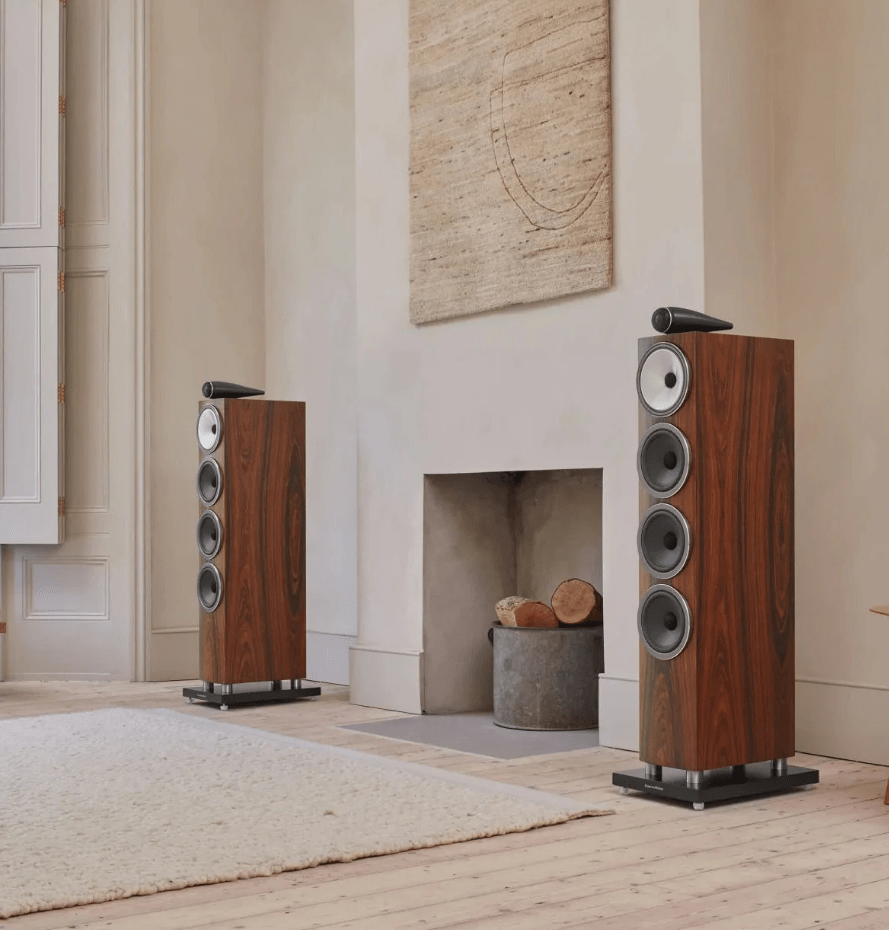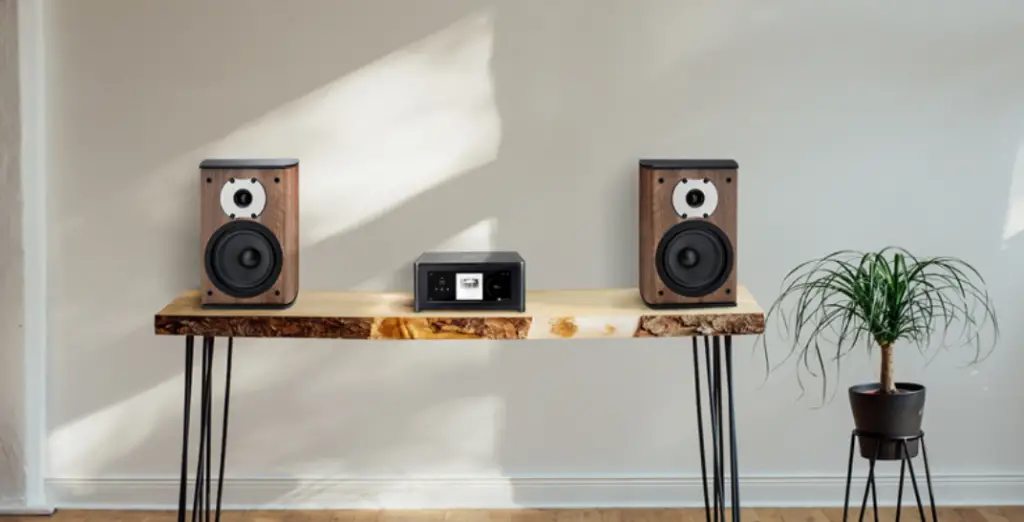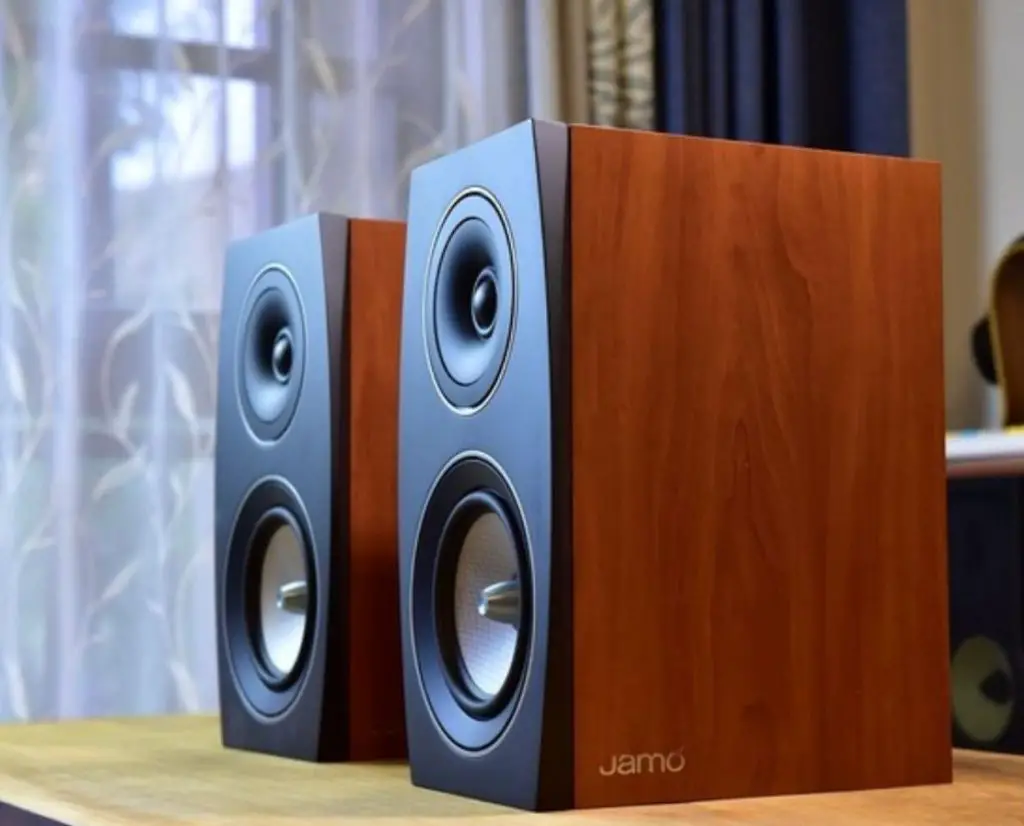The Role of the Speaker Enclosure in Sound Quality
Welcome to our blog on the role of the loudspeaker enclosure in sound quality. Before diving into the topic, let’s first define what a loudspeaker enclosure is.
I.Introduction
A loudspeaker enclosure is a box or cabinet that houses and protects a loudspeaker. It is an integral part of a loudspeaker system, as it not only provides protection for the speaker, but it also plays a crucial role in the overall sound quality of the system.
Now that we have a basic understanding of what a loudspeaker enclosure is, let’s talk about why it’s important. The enclosure plays a vital role in shaping the sound that is produced by the speaker. It can affect the overall frequency response, as well as the volume and clarity of the sound. In short, the enclosure plays a significant role in determining the quality of the sound that you hear.
In the rest of this blog, we’ll dive deeper into the various factors that affect the sound quality of a loudspeaker enclosure and how you can optimize it for the best possible sound. Stay tuned!
II. The Function of a Loudspeaker Enclosure
As we mentioned in the introduction, the loudspeaker enclosure plays a crucial role in the overall sound quality of a speaker system. But what exactly does it do?
One of the primary functions of a loudspeaker enclosure is to control resonance and vibrations. When a speaker plays a sound, it produces vibrations that can affect the quality of the sound. If these vibrations are not properly controlled, they can cause distortion and reduce the overall clarity of the sound. The enclosure helps to absorb and dissipate these vibrations, resulting in a cleaner and more accurate sound.
Another function of the enclosure is to shape the frequency response of the speaker. Different types of enclosures can alter the way the speaker reproduces different frequencies, which can have a significant impact on the sound quality. For example, a sealed enclosure may produce a more accurate bass response, while a ported enclosure may produce a stronger and punchier bass.
In short, the loudspeaker enclosure plays a vital role in controlling resonance and vibrations and shaping the frequency response of the speaker. These factors, in turn, have a significant impact on the overall sound quality of the speaker system.
III. Types of Loudspeaker Enclosures
When it comes to loudspeaker enclosures, there are several different types to choose from. Each type has its own set of characteristics and can affect the sound quality in different ways. Here’s a rundown of the three main types of loudspeaker enclosures:
- Sealed enclosures: A sealed enclosure is a type of loudspeaker enclosure that is sealed and airtight. This type of enclosure produces a more accurate and tight bass response, as the air inside the enclosure acts as a spring to control the movement of the speaker. Sealed enclosures are generally smaller in size and are well-suited for music that has a lot of detail, such as classical or jazz.
- Ported enclosures: A ported enclosure, also known as a bass reflex enclosure, is a type of loudspeaker enclosure that has a hole or port on the front or back panel. This hole allows air to flow in and out of the enclosure, which can boost the bass response of the speaker. Ported enclosures are generally larger in size and are well-suited for music that has a lot of basses, such as electronic or hip-hop.
- Bandpass enclosures: A bandpass enclosure is a type of loudspeaker enclosure that has a sealed inner chamber and a ported outer chamber. This type of enclosure produces a strong and punchy bass response, but it has a limited frequency range and may not reproduce other frequencies as accurately. Bandpass enclosures are generally larger in size and are well-suited for music that has a lot of basses and is played at high volume levels.
So, which type of loudspeaker enclosure is best for you? It ultimately depends on your personal preferences and the type of music you listen to. If you want a more accurate and detailed sound, a sealed enclosure may be the best choice.
If you want a stronger and punchier bass, a ported or bandpass enclosure may be a better option. It’s worth noting that each type of enclosure has its own set of benefits and drawbacks, so it’s important to consider all of the factors before making a decision.
IV. Materials Used in Loudspeaker Enclosures
When it comes to building a loudspeaker enclosure, there are several different materials that can be used. Each material has its own set of characteristics and can affect the sound quality in different ways. Here’s a rundown of some of the most common materials used in loudspeaker enclosures:
- Wood: Wood is a popular choice for loudspeaker enclosures because it is relatively inexpensive and easy to work with. It is also an excellent material for damping vibrations and resonance, which can result in a cleaner and more accurate sound. However, wood can be prone to warping and may not be as durable as other materials.
- MDF (medium-density fiberboard): MDF is a type of wood-based composite material that is made from wood fibers and resin. It is a popular choice for loudspeaker enclosures because it is inexpensive, easy to work with, and has good damping properties. However, MDF can be prone to moisture damage and may not be as durable as other materials.
- Plastic: Plastic is another popular choice for loudspeaker enclosures because it is lightweight, easy to work with, and inexpensive. However, plastic is not as good at damping vibrations and resonance as wood or MDF, which can result in a less accurate and less clear sound.
- Metal: Metal is a durable and rigid material that is often used in high-end loudspeaker enclosures. It is excellent at damping vibrations and resonance and can result in a very accurate and clear sound. However, metal is generally more expensive and harder to work with than other materials.
So, which material is best for your loudspeaker enclosure? It ultimately depends on your personal preferences and budget. If you want a durable and high-quality enclosure, metal may be the best choice.
If you want a more affordable and lightweight enclosure, wood or MDF may be a good option. Plastic may be a good choice if you want a lightweight and inexpensive enclosure, but be aware that it may not provide the same level of sound quality as the other materials.
V. Size and Shape of the Loudspeaker Enclosure
The size and shape of a loudspeaker enclosure can have a significant impact on the sound quality of the speaker system. Here’s a closer look at how these factors affect the sound:
The effect of size on sound quality: The size of the enclosure can affect the bass response of the speaker. A larger enclosure will generally produce a stronger and punchier bass, while a smaller enclosure will produce a more accurate and tight bass.
However, it’s worth noting that the size of the enclosure should be matched to the size of the speaker to achieve optimal results. If the enclosure is too small or too large for the speaker, it can result in poor sound quality.
The effect of shape on sound quality: The shape of the enclosure can also affect the sound quality of the speaker. A box-shaped enclosure will generally produce a more accurate and detailed sound, while an enclosure with more curved or irregular shapes may produce a more diffuse and less defined sound.
It’s worth noting that the shape of the enclosure can also affect the volume of the speaker, with a more compact and streamlined shape resulting in a louder sound. This post is from HiFiReport.com.
In conclusion, the size and shape of the loudspeaker enclosure can significantly affect the sound quality of the speaker system. It’s important to consider these factors when choosing an enclosure to ensure that you get the best possible sound.
VI. Loudspeaker Enclosure Placement
The placement of a loudspeaker enclosure can have a significant impact on the sound quality of the speaker system. The proper placement is essential to ensure that you get the best possible sound from your speakers. Here are a few tips for finding the best location for your loudspeaker enclosure:
The importance of proper placement for optimal sound quality: Proper placement of the loudspeaker enclosure can help to optimize the sound quality of the speaker system. Factors to consider include the size of the room, the shape of the room, and the position of the speakers relative to the listener.
For example, placing the speakers too close to a wall can cause bass buildup and distortion, while placing the speakers too far away from the listener can result in a less defined and less accurate sound.
Tips for finding the best location for your enclosure: To find the best location for your loudspeaker enclosure, start by considering the size and shape of the room. If the room is large and rectangular, placing the speakers in the corners of the room may produce a stronger and more defined bass response.
If the room is small and square, placing the speakers along the walls may produce a more balanced and accurate sound. It’s also important to consider the position of the listener, as the sound will be different depending on where you are sitting. Experiment with different placements to find the best location for your speakers.
In conclusion, proper placement of the loudspeaker enclosure is essential for optimal sound quality. By considering the size and shape of the room and the position of the listener, you can find the best location for your speakers to get the best possible sound.
VII. Conclusion
In this blog, we’ve explored the role of the loudspeaker enclosure in sound quality. We’ve discussed the various functions of the enclosure, the different types of enclosures available, and the materials that are commonly used to build them. We’ve also talked about how the size and shape of the enclosure can affect the sound quality, as well as the importance of proper placement for optimal sound.
In conclusion, the loudspeaker enclosure plays a vital role in shaping the sound that is produced by the speaker. It can affect the overall frequency response, as well as the volume and clarity of the sound.
When choosing a loudspeaker system, it’s important to consider the enclosure and how it will affect the sound quality. By taking the time to select the right enclosure, you can ensure that you get the best possible sound from your speakers.
